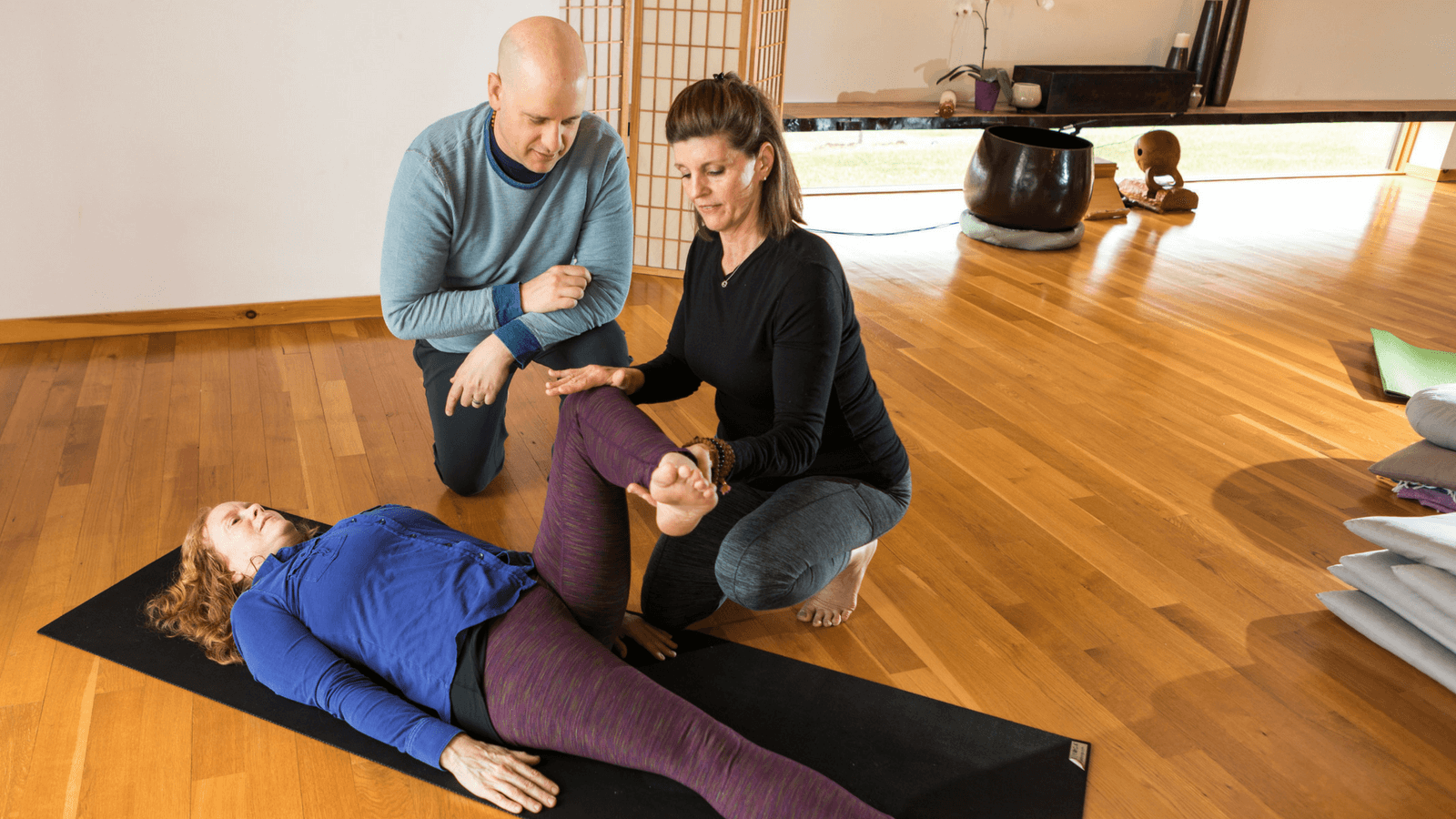In the weekend portion of this module called Healing through the Pranic Body and Conscious Mind, we move deeper into the koshas, or layers of the Self, unwrapping like a gift, the inner workings of the pranic and mental bodies.
As medical technology advances, surgery is becoming a more common form of treatment. In this course, we investigate the most common surgeries and the best practices for helping clients rehabilitate after surgery.
A growing number of people with pelvic disorders are turning to yoga therapy. Pain, dysfunction, disease, or trauma can manifest in many different ways. Therefore yoga therapy’s multifaceted approaches can be quite helpful. In this course, we will study both the male and female pelvic anatomy to learn how musculoskeletal imbalances impact pelvic function. We will also look at some common conditions that either contribute to or are caused by pelvic floor disorders, including incontinence, sexual dysfunction, and fertility.
Fascia is a key structural component of the body. As such, it contributes to the physical well-being of our bodies and is often indicated in pain and dysfunction. In this course, we will learn all about fascia and its relationship to structure and health. Students will learn how to identify facial lines in the body and the restrictions within them. There will also be an emphasis on common fascia-based pain patterns and how to shift fascia through asana and pranayama techniques. Students will leave with a clear understanding of how to work with bodies using a fascial viewpoint to relieve pain patterns.
Spinal curvatures and scoliosis are common causes of physical suffering. In this course, students will learn to properly assess spinal curvature and deliver yoga therapy to improve the client’s condition. Physical and koshic assessment for this condition will be taught. Practices to counter common muscular imbalances and systems to stop or reverse curvature will be discussed. Students will leave with more clarity on how to work with this challenging condition which can be greatly benefited from yoga therapy.
